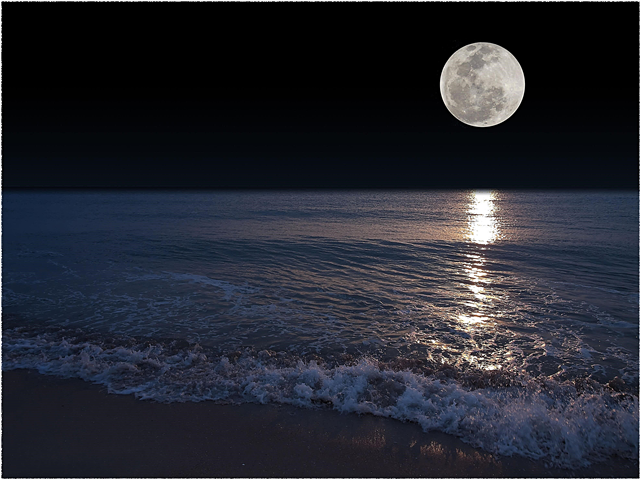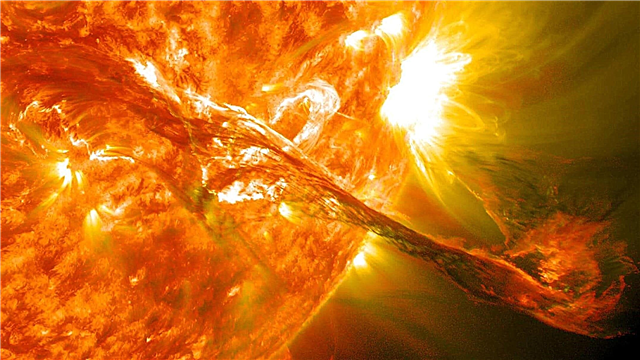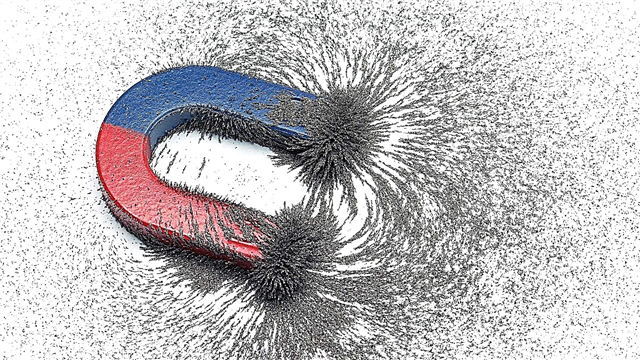
In the Milky Way, not far from the Sun, a large wave-like flow of gas passes through the plane of the Milky Way. It connects a large number of areas where bright stars form.
This was made possible thanks to the work of astronomers from Harvard University. They saw a large and continuous stream of gas resembling a large wave of curved shape. Such a wave reaches regions where stars are intensively formed. Astronomers believe that this is the largest of these structures in the whole galaxy. Its length is in the trillions of kilometers. These data were published by Juan Alves with colleagues in an article that is being prepared for publication in the authoritative publication Nature.
Since the end of the century before last, astronomers have known that in the vicinity of our day star there is a massive ring-shaped formation - the Gould belt. It has a large number of bright stars and areas where intense star formation occurs. Gould’s belt is a large disk with a diameter of up to 3 thousand light years. The disk is tilted to the plane of the galaxy by about 20 degrees.
The picture obtained by the authors of the latest research differs from that which was previously known. Astrophysicists have used astrometric information collected by the Gaia spacecraft. He carried out accurate measurements of the position of the stars in the Milky Way and the trajectory of their movement.Based on them, using computer technology, it was possible to obtain high-quality three-dimensional models of the distribution of the interstellar space of the Milky Way.
The three-dimensional computer model made it possible to see a long (more than 9 thousand light-years) and relatively thin (with a diameter of about four hundred light-years) wave-like structure. Its upper and lower boundaries are approximately five hundred light-years distant from the galactic center.

The co-authors of a research project working at the Radcliffe Institute for Advanced Technology called this wave the “Radcliffe wave.” It is she who passes through a large number of zones of star formation in our Galaxy, including those that belong to the Gould belt. Astronomers believe that this gas object is the largest in the Milky Way. They have not yet met such objects.
J. Alves clarifies that this is the largest gas structure in the Galaxy. It is possible that similar objects can also be in similar star clusters. The nearest point is approximately 500 light-years from the sun. Astronomers could not see it with the help of the devices that they had before.
While scientists can not find out the reasons for the formation of such a wave-like structure in the Milky Way. It is possible that its source was a collision of our Galaxy with a gaseous cloud or even with a mini-galaxy. It is possible that the development of computer technology can bring astronomers closer to the solution to this phenomenon.












